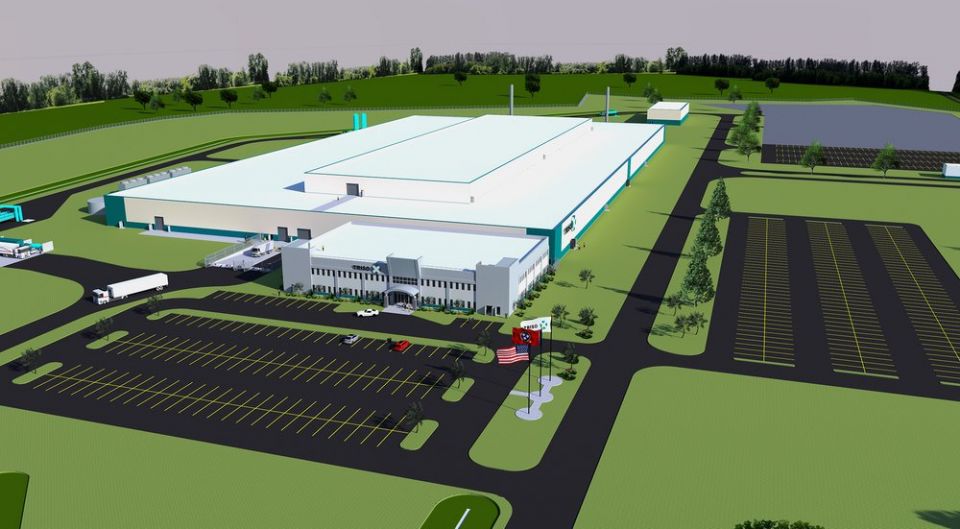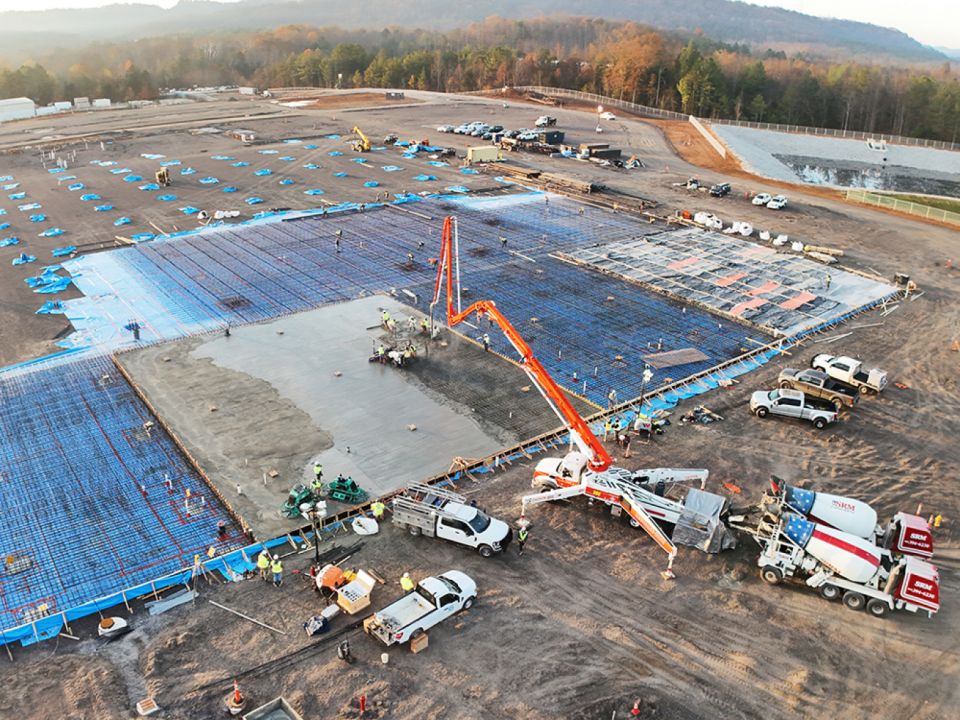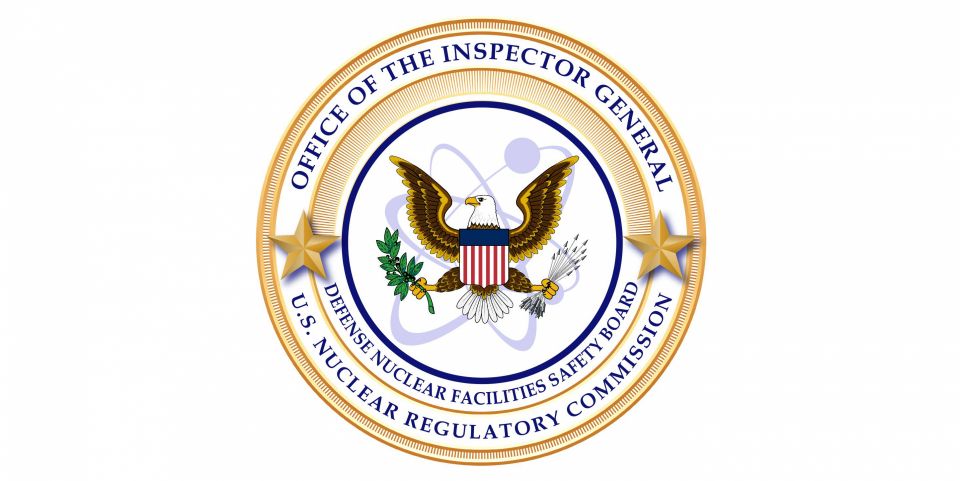On behalf our 10,000-plus members across the globe, many of whom work in and around radiation every day, I would like to set the record straight. I originally submitted this response as a letter to the editor of The Hill but was informed they would not be able to use it. It seems The Hill would rather traffic in misinformation than allow a fact-based rebuttal.
The contention that any level of ionizing radiation is inherently dangerous is preposterous. Radiation has always been a natural part of life. Humans bathe in radiation every second of every day—from cosmic sources, the rocks and soil under our feet, the medical X-rays and CT scans that sometimes save our lives, and even the food we eat. The average American receives 620 millirems (mrem) of exposure annually. Many people get more in places like Denver due to its higher altitude and geology. Some places in the world have naturally occurring radiation levels that are so high they exceed U.S. nuclear worker dose limits.
Yet, after 60 years of research, we still do not see any convincing epidemiological connections between levels of “near-background” radiation exposure and the increased incidence of cancer in populations. Make no mistake: high doses of radiation can be harmful and even fatal, but that’s not what’s at issue here.
The U.S. Nuclear Regulatory Commission and the Environmental Protection Agency set strict exposure limits, and the nuclear industry adheres to even stricter safety protocols under the “as low as reasonably achievable” (ALARA) principle. How low is “reasonably achievable?” The average person living within 50 miles of a nuclear plant receives an additional dose of 0.01 mrem a year, which is roughly equivalent to the dose you would receive from eating one banana. Not one banana every day, or every week, or every month. Just one banana.
Nuclear power remains extremely safe and absolutely essential to American competitiveness, energy security, and global leadership. Don’t let the few remaining haters fool you.
Craig H. Piercy
Executive Director/CEO, American Nuclear Society






